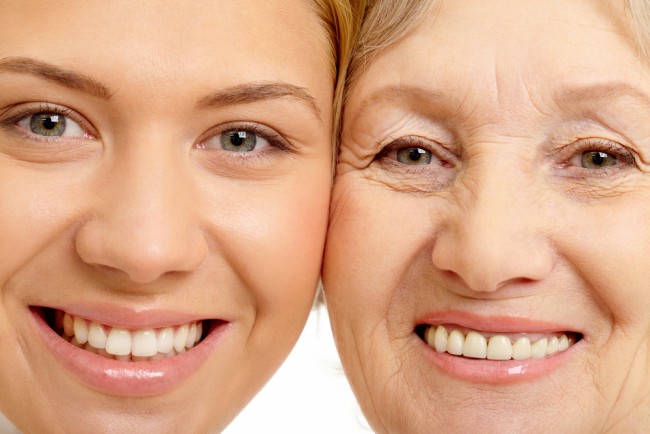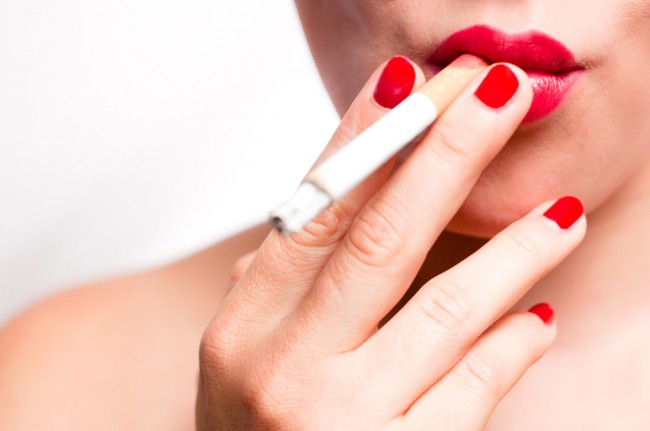Nature VS Nurture – What Weighs More on Skin Aging? OROGOLD Reviews

As many countries begin to experience an aging population, researchers have noticed that the rate of skin aging significantly varies between different populations, bringing forth the question of what exactly causes skin to age. OROGOLD reviews both intrinsic and extrinsic aging factors, to determine whether nature or nurture weighs more on skin aging.

Intrinsic Aging Factor – Ethnicity
With different ethnicities come different skin colors, caused by differences in skin pigmentation. People with darker skin have higher levels of pigmentation, and this has been proven to protect the skin from the sun, keeping skin cancer at bay. It has also been noted that African-American skin is more compacted than Caucasian skin, with a higher content of inter-cellular lipids, helping to resist signs of aging. It has also been discovered that when it comes to wrinkles, Asians seem to experience this later on in life, as well as less severely, than Caucasians, although the exact reason for this has not yet been determined.
Intrinsic Aging Factor – Differences in Anatomy
The thickness of our skin hugely differs depending on where about it is on the body, with the skin on our eyelids being less than half a millimeter thick, while the skin on the soles of our feet is usually over six millimeters thick. The rigidity of the skin also varies depending on its location, being much stronger at the forehead compared to the cheek. This means that, in order to obtain truly accurate results, the location of the skin that is aging also needs to be taken into account, as well as the age of the person.

Extrinsic Aging Factor – Smoking
The two external lifestyle factors that take the heaviest toll on the skin are exposure to UV light and smoking. Smoking decreases the blood flow to the skin, depriving certain tissues of oxygen and nutrients. This means that those who smoke have less collagen and elastin fibers in the skin, causing it to become slack. Smoking has also been clearly linked to premature wrinkling, and also makes the skin much rougher.
Extrinsic Aging Factor – Exposure to UV Light
Around 90% of visible skin aging is said to have been caused by sunlight, which penetrates into the skin and causes severe damage. In addition to mutating DNA in a way that initiates the growth of cancer, UV radiation also stimulates an inflammatory process, severe sunburns being the most extreme cases, and this promotes the growth of the cancers that had been affected by the mutated DNA. UV light also leads to photo-damage, which at first causes the skin to thicken, but then drastically thins it, rapidly increasing the skin’s aging process.
In order to successfully combat the issues that come with aging skin, a deeper understanding needs to be had on whether it is the external or internal factors that play a bigger role in skin aging. Although the intrinsic factors are genetic and cannot be changed, these do not seem to have as big an impact on skin aging as the external factors. Nutrition, tobacco usage and exposure to the sun seem to bring about a much wider range of aging symptoms, even with genetically similar individuals that are of the same age. This means that although nature does play a part in aging, the way that you nurture your skin has a much bigger effect, so OROGOLD would recommend that you take the time to work out the best possible skin care routine for your own skin, to help combat the signs of aging as much as possible.

